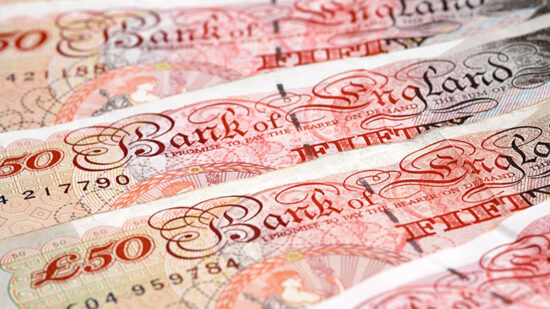Kate Smith, head of pensions at Aegon, says rapidly rising prices are almost always bad news for consumers, particularly pensioners on a fixed income.
“The problem is amplified by both low wages and low interest rates, which give people little opportunity to grow their savings to meet the growing cost burden,” she adds.
But others believe CPI inflation is not too far away from its peak and that the crunch on people’s real incomes might not be as strong as some fear.
Capital Economics UK economist Ruth Gregory notes that the effects of sterling’s slide after the Brexit vote already appear to be fading at the start of the production line, as producer input price inflation fell further, from 11.6% in May to 8.8% in June, while output price inflation dropped from 3.6% to 3.3%.
“So while we still think that CPI inflation will reach a peak of about 3% towards the end of 2017, it seems likely to drop back pretty quickly in 2018,” she adds. “All in all, then, this provides further evidence that the squeeze on consumers’ real incomes will probably be nowhere near as large, or as long-lasting as it was after sterling’s last major depreciation in 2008.”
For now though, with Brexit negotiations only just starting, wage growth remaining muted and signs the consumer is coming under pressure, it looks like the UK is some way off a rate rise if the BoE wants to avoid compounding poor living standards.
All eyes are now on the European Central Bank which meets later this week; let’s see what it can do to trump its UK and US counterparts.








